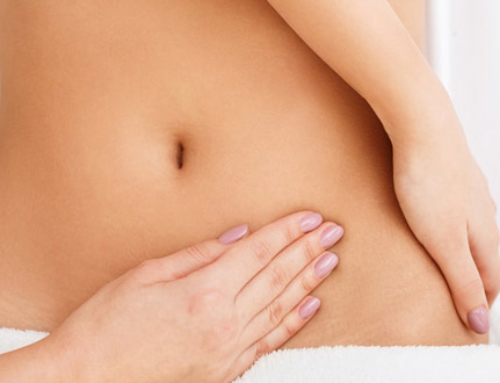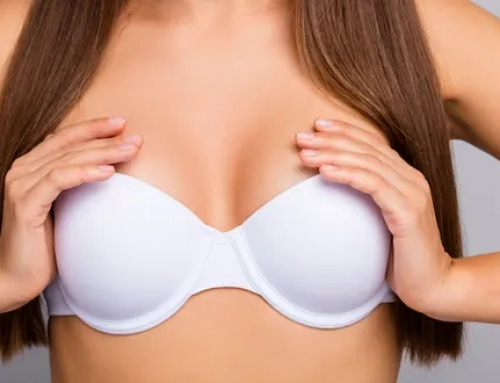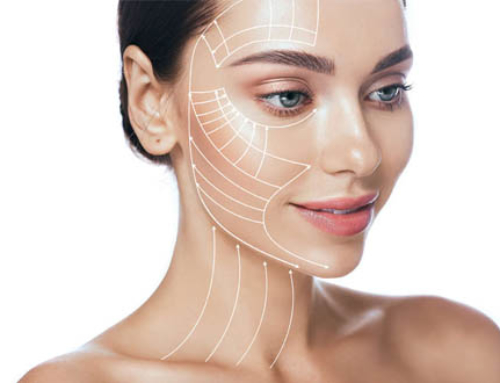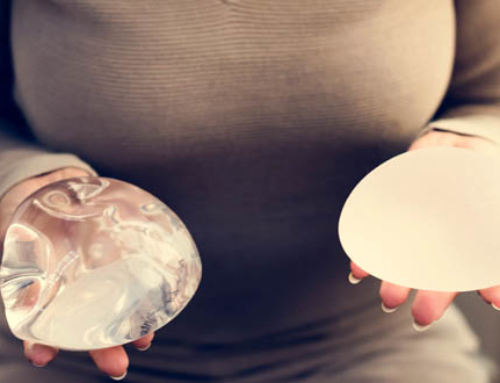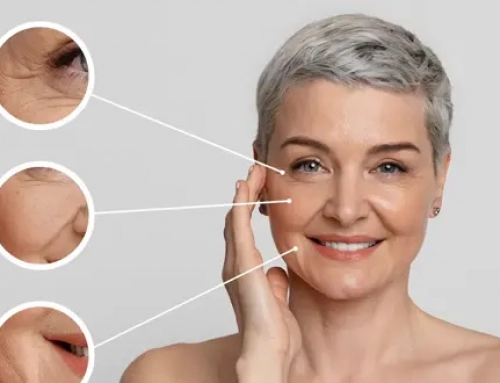Fat transfer breast augmentation involves fat harvesting, which is reinjected during the second stage of the procedure to increase breast volume. This surgery only requires minimal incisions. With proper care, the scars resulting from these incisions become almost unnoticeable.
Fat grafting breast augmentation scars
Whatever the cause (cut, accident, surgery…), any injury to the skin results in a scar. It is a normal and vital process. Scars tissues differ from skin on a functional level (no hair follicles, more sensitive to UV rays…), but also on an aesthetic level. Scars are lesions that can have various shapes, colours and depths. In the case of fat grafting breast augmentation, the incisions made during the operation to harvest and reinject fat are extremely small (less than 3mm), they only serve as access to micro cannulas and syringes filled with purified fat. This procedures does in fact cause scars in the harvesting and injection sites, but these are extremely small and completely fade over time, which is one of the main benefits of fat transfer.
How to treat minimal fat grafting scars ?
To facilitate healing, patients are always advised to stop smoking several weeks before and after the procedure. Also, postoperative care is essential for the definitive appearance of the scars. During the first days following surgery, the scars have to be cleaned and dried gently. Later on, healing creams, oils and gentle massages will help soften them. The scars also have to protected from sun exposure during a few months. If the scars remain too visible despite following these instructions, many non-invasive treatment options are available to make them disappear for good.


